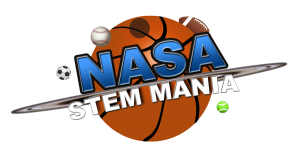NASA and JAXA are about to launch a new satellite that can see through storms, tracking rain and snow around the globe better than any previous observatory. The Global Precipitation Measurement Core Observatory is scheduled to lift off from Japan on Feb. 27th.
The GPM mission can be used enhance the NES resources:
- NES Lesson: Weather and Climate: Satellite Meteorology – Students use authentic data from geostationary satellites to detect and monitor forest fires and biomass burning. Students use the data to monitor the planet and identify urban heat islands.
- NES Lesson: Electromagnetic Spectrum: Remote Sensing Ices on Mars – Students analyze data collected by Mars spacecraft using three different forms of electromagnetic energy — visible light, infrared, and gamma rays — to investigate the composition and distribution of ices at the high-latitude regions of Mars.
- NASA Now: Climate Change: Sea Level Rise – Learn about the connection between oceans and global climate change. Find out why NASA measures greenhouse gases and how we detect ocean levels from space.


